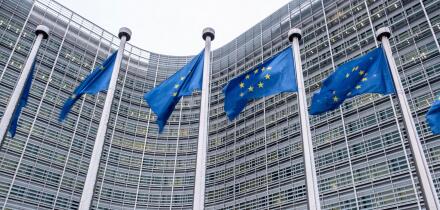The bond, which market participants have taken to calling a GrOAT, after GlobalCapital coined the term in September, will unleash unprecedented levels of liquidity for green bond investors.
At issue, the green bond is highly likely to be the largest in the market. After regular taps in the form of a conventional OAT, it will soon dwarf its nearest competitors.
France plans to increase the bond’s volume to the same level as conventional OATs of similar maturity. That could easily be around €30bn — which would represent a quarter of the Climate Bond Initiative’s estimate of $130bn of green bond issuance this year.
The work to get the deal in motion was also a testament to problem solving. One of the stumbling blocks to sovereign green bond issuance had been the difficulty in coordinating efforts between numerous large government departments.
But France's Treasury Agency and Ministries of Environment, Research and Agriculture have shown the way for others to follow.
What is more, the French government is a far more credible green bond issuer than its Polish counterpart. Poland was among the last European sovereigns to sign up to the Paris Agreement on climate change, created at COP21 in Paris in December 2015. France was both the COP21 president and — obviously — its host.
That’s not to say Poland’s effort is unwelcome, but when the history books are written it will be France that is rightly seen as the game changer.






